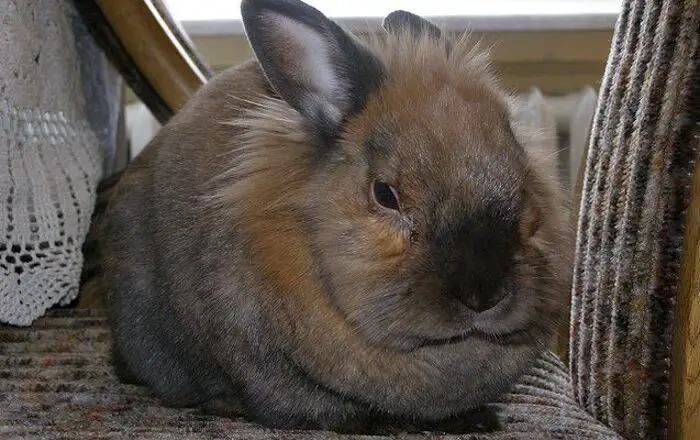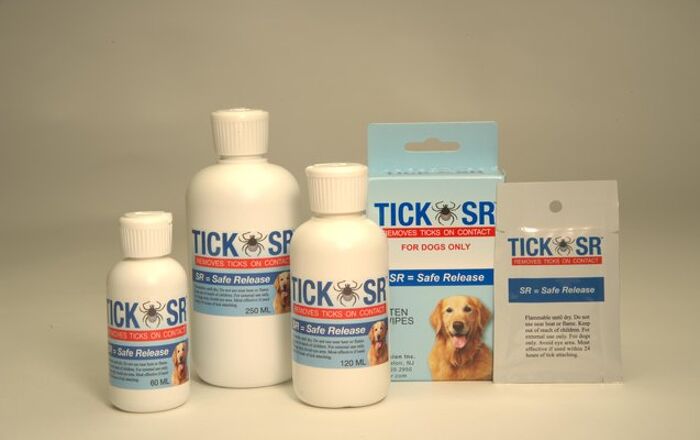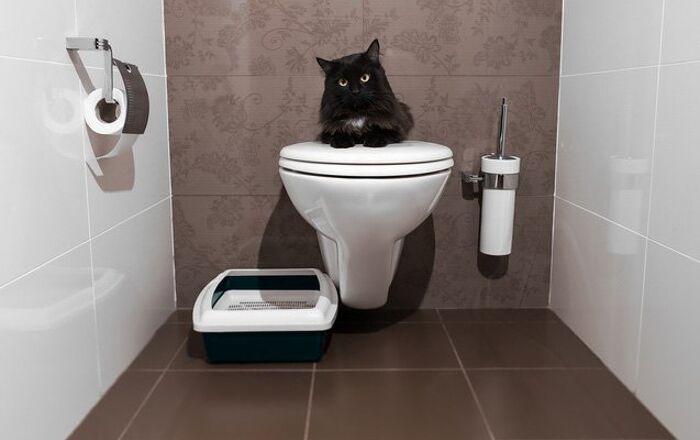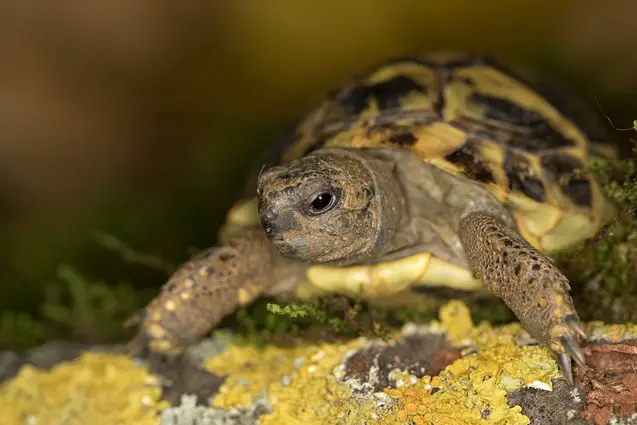
Hermann’s Tortoise General Info
The Hermann’s Tortoise is a popular breed that makes a great pet. These animals have wonderful personalities and they can develop a bond with their owners. You’ll even notice differences in personality and preferences from one individual tortoise to another, as each one has its own likes and dislikes.
As with any other turtle or tortoise breed, the Hermann’s Tortoise should be purchased from a reputable breeder who can guarantee that the animal was born in captivity, as doing so will help maintain their wild populations.
The Hermann’s Tortoise is a popular breed that makes a great pet.
Native Habitat
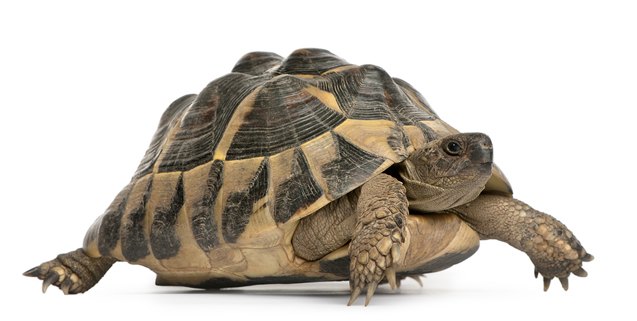
Hermann’s Tortoises are actually split up into eastern and western subspecies, both of which can be attained as pets in the US.
The eastern subspecies is naturally found in wild habitats throughout western Turkey, eastern Italy, Greece, and the Balkans. The western subspecies, on the other hand, is naturally found throughout southeast France, northeast Spain, southern or western Italy, Corsica, Sicily, Sardinia, Minorca, and Majorca.
These tortoises live in a climate that is typically moist throughout the spring and the autumn but dry during the summer. They prefer Mediterranean forests, but a lot of their habitat has disappeared. As a result, you can now find these animals living throughout dry meadows, farmland, rocky slopes, and arid hillsides. They like areas that provide resting places where they can hide, and areas where they can easily find shade. They generally avoid moist areas.
Overall Description
The Hermann’s Tortoise is one of the most attractive of the tortoise breeds. The shell of this species is domed, and the upper jaw is slightly hooked. The mouth does not contain any teeth; instead, there is a strong beak. The tail features a spur at the tip, and adult males will have tails that are distinctly thick and long, along with a spur that is well-developed, making them easy to identify from females.
The Hermann’s Tortoise is one of the most attractive of the tortoise breeds.
Colors
One of the most distinctive features of the Hermann’s Tortoise is its orange-yellow shell, which also has black markings. You will notice that the head is black or brown in color, but the chin might sometimes be a lighter hue. There is often a yellow spot found on either side of the head as well.
This tortoise’s scaly limbs will be anywhere from brown to gray, and they will also have some markings that are yellow.
Environment
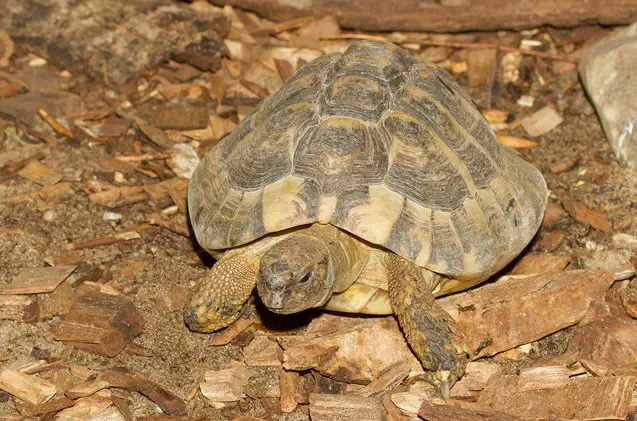
You can house your Hermann’s Tortoise outside during the warmer months of the year, but be aware that these animals are active and they do like climbing and burrowing, so the enclosure will have to be secured properly and it should be large. Use soft soil so that your tortoise can comfortably walk around the enclosure and burrow, but make sure the barriers to the enclosure are dug deep into the ground so you pet won’t tunnel his way out.
An outdoor enclosure should provide cooler and warmer spots throughout it. There should also be an elevated area that is well-drained, several shaded places, and sections that are fully exposed to the sun.
Hermann’s Tortoises can also be housed indoors, as they prefer temperatures that are above 70°F. Your indoor enclosure needs to include a heat lamp and UV light, and the temperature should be maintained around 80°F during the day, but it can drop to around 75°F at night. There should also be a substrate that consists of sand and mixed compost, and it should be around 2” deep. In terms of size, you can house your pet in an enclosure that is 36”x16” or larger.
There should a cool and shaded area in your tortoise’s indoor enclosure, along with a bright and warm area where he can bask. The basking area can be anywhere from 90-95°F. You can also provide boxes or hollow logs that will create some hiding places.
Whether you are housing your tortoise indoors or outside, provide a tray of fresh, clean water at all times. This tray needs to be big enough so your pet can soak in it, but it also needs to be less than 4” deep. Humidity within the enclosure can be anywhere from 40-75%.
Hermann’s Tortoises will hibernate when the temperature drops to around 40-50°F. In the wild, these animals will hibernate for around four to five months between October and April. For captive turtles, recommended hibernation length is around three months for adults. However, because it’s hard to replicate the conditions that would provide safe hibernation and aestivation, you can simply maintain your pet’s habitat at a moderate temperature all year long to keep him active.
Hermann’s Tortoises are popular because they are passive and gentle.
Care Requirements
The Hermann’s Tortoise is mostly herbivorous. In the wild, they prefer feasting on plants but will occasionally consume invertebrates like snails and worms.
Don’t feed your Hermann’s Tortoise meat, and it is best to avoid feeding him peas and beans as well. These animals need a diet that is low in phosphorous and high in calcium. You can ensure your pet is getting the right amount of calcium by leaving a cuttlebone in his enclosure at all times.
This tortoise will do well with a diet that consists of plenty of leafy greens. You can feed your pet non-toxic flowers, weeds, and clover, along with hibiscus, grass, wild lupine, romaine, endive, chickweed, watercress, dandelion, plantain leaves, sow thistle, lilac, and rose, as a few examples. You can also give your pet a variety of vegetables, such as carrots, bell peppers, and squash, and small amounts of fruit, such as strawberries, bananas, apples, and figs.
Supplement this diet with a high quality vitamin for tortoises to prevent deficiencies. You can also provide your pet with a commercial pelleted diet for tortoises.
Behavior
Hermann’s Tortoises are popular because they are passive and gentle, but they could get scared if they are kept off the ground for too long. So if you are going to handle your pet, make sure that his feet are supported.
You can pet your tortoise and hand feed him. These animals are smart and they will recognize you and respond to you being near them.
Photo credit: Micha Klootwijk/Bigstock; Life on White/Bigstock; GezaIII/Bigstock










